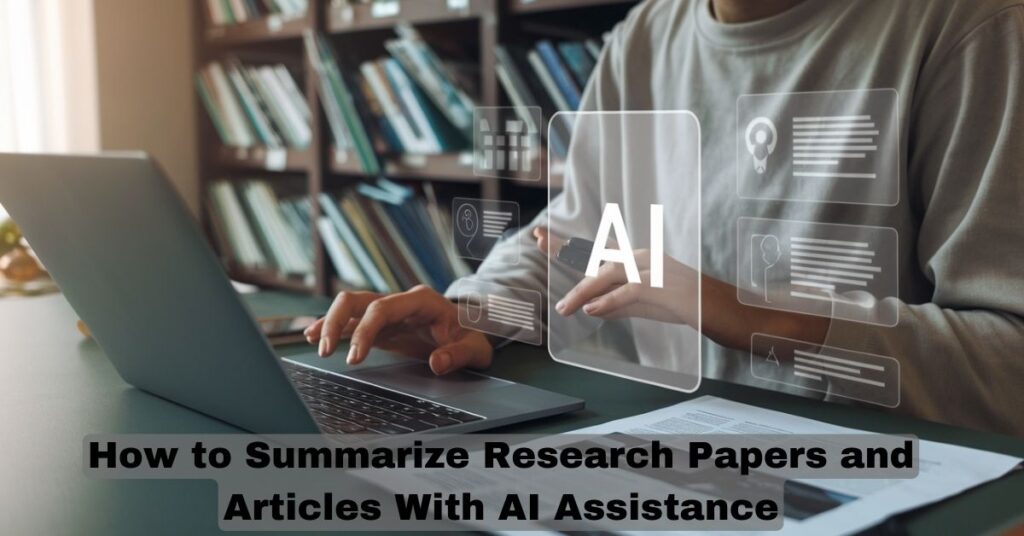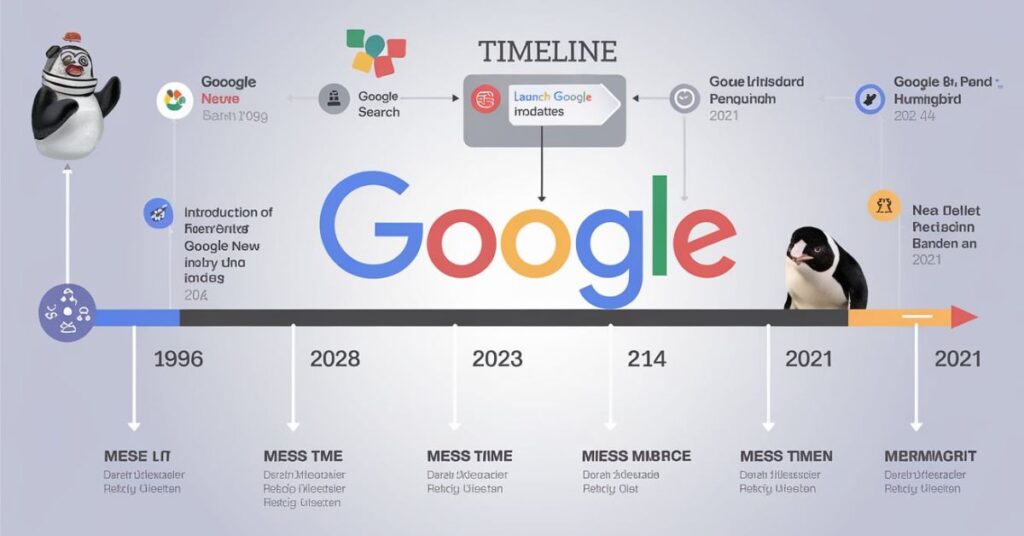Have you ever wondered why some websites easily rank on Google while yours struggles, even with great content? The problem isn’t always your writing—it’s how your content is organized!
Search engines love well-structured websites that clearly connect related topics. That’s where NLP content clustering comes in. Instead of having scattered, disconnected pages, clustering helps group similar content together in a smart way. This makes your site more user-friendly, improves internal linking, and boosts your SEO without extra effort.
Think of it like arranging books in a library. If everything is in the right section, it’s easier to find. Google works the same way! Mastering content clustering can help you outrank competitors, increase traffic, and improve rankings effortlessly.
Ready to level up your SEO strategy? Let’s dive in!
What is NLP Content Clustering?
NLP (Natural Language Processing) content clustering is a smart way to organize your website’s content into clear, meaningful groups. Instead of having random pages scattered across your site, this method ensures that related topics are grouped together.
Why does this matter? Search engines like Google prefer well-structured websites because they can easily understand the connections between different pages. When your content is properly clustered, it becomes more relevant, easier to find, and more useful for visitors.
Here’s how NLP content clustering helps you stay ahead of competitors:
- Stronger keyword relevance – Your pages support each other, making it easier to rank for important keywords.
- Higher search rankings – A well-organized site signals quality to search engines.
- Better user experience – Visitors find what they need faster, keeping them on your site longer
Why NLP Clustering is Essential for SEO
If you want to rank higher on search engines, NLP content clustering is a must. It helps organize your website in a way that search engines and users easily understand.
- Better Keyword Targeting – By grouping related content, search engines can clearly identify your site’s main themes, improving keyword relevance.
- Stronger Internal Linking – Well-structured content naturally creates better internal links, boosting your site’s authority and making it easier to crawl.
- Competitive Advantage – Unlike outdated SEO tactics, NLP clustering builds a smart, organized content strategy that outperforms competitors.
Step-by-Step Guide to NLP Content Clustering
Mastering NLP content clustering helps you structure your website strategically, making it easier for search engines to understand and rank your content. Follow this detailed guide to implement it effectively.
1. Collect and Analyze Data
Start by gathering all your website URLs and understanding their content. Use tools like Google Search Console, Ahrefs, or Screaming Frog to identify existing pages. Then, analyze keyword intent—determine whether users are looking for information, comparisons, or direct purchases. This helps ensure that content is grouped correctly. Understanding search intent is key to aligning your content with user expectations and improving rankings. Without proper data collection, your clustering efforts will lack precision, reducing their SEO impact. A solid foundation ensures better organization and ranking potential.
2. Prepare and Clean Your Content
Before clustering, your content needs to be preprocessed for accuracy. Use NLP techniques to remove stopwords, clean unnecessary text, and extract meaningful topics. Tools like SpaCy and NLTK help automate this process. Identify important keywords, phrases, and semantic connections to ensure content is grouped based on actual meaning, not just matching words. This step refines your data, making it more reliable and structured. Cleaning your content properly prevents irrelevant clustering, allowing you to create a site structure that Google and users find easy to navigate.
3. Apply NLP Clustering Algorithms
Now, use advanced NLP techniques to group similar content together. Algorithms like K-means, LDA (Latent Dirichlet Allocation), and BERT analyze content relationships and assign them to specific clusters. K-means works well for general clustering, LDA categorizes content based on topic modeling, and BERT understands deep context. The right method depends on your content’s complexity. By applying these algorithms, you build strong topic clusters that reinforce each other, improving internal linking, relevance, and search engine rankings. Structured clustering sets your content apart from competitors relying on outdated SEO tactics.
4. Optimize and Strengthen SEO
Once clustering is complete, refine your content for maximum SEO impact. Link related pages together naturally to boost authority and help search engines crawl your site efficiently. Update metadata, headings, and structured data to reflect the new organization. Ensure each cluster supports the main topic, reinforcing keyword relevance. Use tools like SEMrush or SurferSEO to refine content structure and spot optimization opportunities. A well-optimized site signals expertise and trustworthiness to search engines, helping you outrank competitors who rely on fragmented, unstructured content. A strong SEO foundation ensures long-term ranking success.
By following this structured approach, you enhance site organization, increase visibility, and stay ahead of the competition.
How to Use NLP in Your SEO Strategy
If you want to outrank competitors and dominate search results, you need more than just keywords—you need smart content structuring. Natural Language Processing (NLP) helps search engines understand content better, making it a powerful tool for SEO success. Here’s how you can use NLP to transform your strategy.
1. Optimize for Search Intent
Google focuses on intent, not just keywords. Use NLP tools to analyze search queries and understand whether users want information, comparisons, or direct purchases. Tailor your content to match the right intent, ensuring higher rankings and better engagement.
2. Create Topic Clusters for Authority
Instead of isolated blog posts, structure your content into clusters—one main pillar page covering a broad topic, supported by related subtopics. This signals expertise to search engines and improves rankings.
- Example: A main page on “SEO Strategies” with supporting articles on “Keyword Research,” “Link Building,” and “Technical SEO.”
3. Enhance Internal Linking
Use NLP to identify semantic relationships between pages and create strong internal links. This improves crawlability, spreads link equity, and keeps visitors engaged longer—boosting SEO performance.
4. Optimize Content with NLP Keywords
Traditional keyword stuffing no longer works. Instead, use NLP-based keyword tools like Google’s Natural Language API, BERT, or TF-IDF to find the most relevant terms and phrases that align with user searches.
- Focus on latent semantic indexing (LSI) keywords—related words that improve content relevance.
- Example: Instead of repeating “best running shoes,” include terms like “comfortable sports footwear” and “top-rated sneakers.”
5. Use Sentiment Analysis for Better Engagement
NLP-powered sentiment analysis helps gauge user emotions toward your content. Positive, engaging content ranks higher because it keeps visitors on the page. Use tools like VADER or TextBlob to refine your tone and improve reader experience.
6. Improve Content Readability
Search engines favor content that’s easy to read. Use NLP to analyze sentence structure, passive voice, and complexity. Aim for a conversational, natural tone that keeps readers engaged.
7. Leverage NLP in Voice Search Optimization
With voice search growing, optimizing for conversational queries is crucial. NLP helps adapt content to natural, question-based search patterns, making it more relevant for voice assistants like Siri and Google Assistant.
- Example: Instead of “best SEO tips,” optimize for “What are the best SEO tips for beginners?”
8. Automate Content Tagging and Categorization
Manually organizing content is inefficient. NLP tools like SpaCy and NLTK can analyze text, extract key topics, and automatically categorize articles. This improves site structure and user experience.
9. Detect and Fix Content Gaps
Use NLP to analyze competitor content and find missing topics on your site. Tools like SEMrush and Ahrefs can identify gaps in your keyword coverage, allowing you to create high-value content that fills those voids and outperforms competitors.
10. Optimize Meta Data with NLP Insights
Your title tags, meta descriptions, and headings should match user intent while staying engaging. NLP tools help refine these elements to ensure higher click-through rates (CTR) and better rankings.
Best Tools for NLP-Based Content Clustering
To successfully organize your content and improve SEO, you need the right tools. Here are some of the best options to help you analyze, cluster, and optimize your website.
- Python Libraries – Tools like Scikit-learn, SpaCy, and NLTK help process text, extract keywords, and identify patterns in content. These are great for cleaning and preparing data.
- AI Models – Advanced models like BERT and TF-IDF understand the meaning behind words, making it easier to group related content accurately. They help create strong topic clusters that improve search rankings.
- SEO Tools – Platforms like Ahrefs, SEMrush, and Screaming Frog analyze your website structure, identify keyword opportunities, and improve internal linking. They ensure your clusters are optimized for better visibility
Create Content in a Logical and Structured Way
Great content isn’t just about writing—it’s about presenting information in a way that’s easy to follow and valuable to the reader. A well-structured piece keeps people engaged, improves SEO, and makes your message clear. Here’s how to do it right.
1. Start with a Clear Purpose
Before you write, ask yourself:
- What is the goal of this content?
- Who is my audience?
- What problem am I solving?
Having a clear purpose helps you stay focused and ensures your content delivers real value.
2. Organize Ideas Before Writing
Jumping straight into writing can lead to messy, unstructured content. Instead:
- Outline your main points to create a logical flow.
- Arrange sections in a step-by-step or priority-based order.
- Group related ideas together to avoid repetition.
3. Use Headings and Subheadings
Nobody likes reading long, unbroken text. Break your content into sections using clear, descriptive headings. This makes it easy for readers (and search engines) to scan and find key information quickly.
4. Keep Paragraphs Short and Focused
Long blocks of text feel overwhelming. Stick to 3-4 sentences per paragraph to keep your content readable. Each paragraph should focus on one idea so readers can digest information easily.
5. Write in a Conversational Tone
Your content should feel natural and engaging, not robotic or overly formal.
- Use simple language and avoid jargon unless necessary.
- Write as if you’re explaining something to a friend.
- Use “you” and “we” to create a connection with readers.
6. Support Your Points with Examples
Examples make concepts easier to understand and help build credibility. If you’re explaining a complex idea, show how it works in real life. Use case studies, personal experiences, or industry examples to reinforce your points.
7. Use Bullet Points and Lists
When presenting multiple points, use bullet points or numbered lists. This:
- Makes information easy to skim.
- Highlights key takeaways.
- Improves readability on mobile devices.
8. End with a Strong Conclusion
Don’t just stop abruptly. Summarize key takeaways and give the reader a next step. Whether it’s applying the advice, checking out related content, or taking action, a strong conclusion keeps the message impactful.
Conclusion
SEO is more competitive than ever, and outdated strategies won’t get you to the top. If you want higher rankings, more traffic, and a stronger online presence, NLP content clustering is the way forward.
By organizing your content into clear, meaningful groups, you make it easier for search engines to understand your website. This leads to better keyword targeting, stronger internal linking, and improved user experience—all of which help you rank higher.
While others struggle with scattered content and weak SEO, you can stay ahead by structuring your site intelligently. NLP clustering isn’t just a trend; it’s a proven way to dominate search results.Start using this technique today and watch your website outperform competitors with less effort. The future of SEO belongs to those who adapt—make sure you’re one of them.



